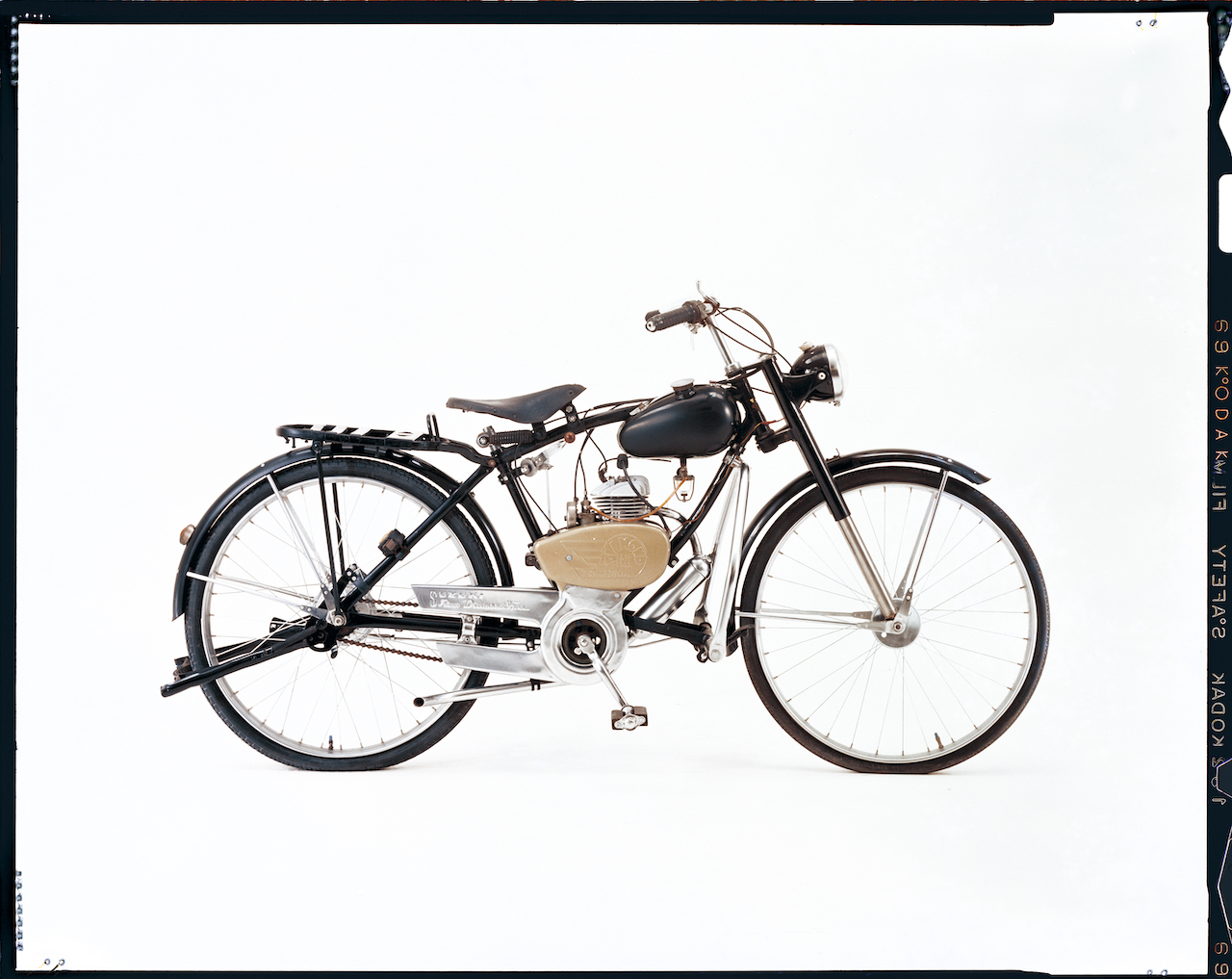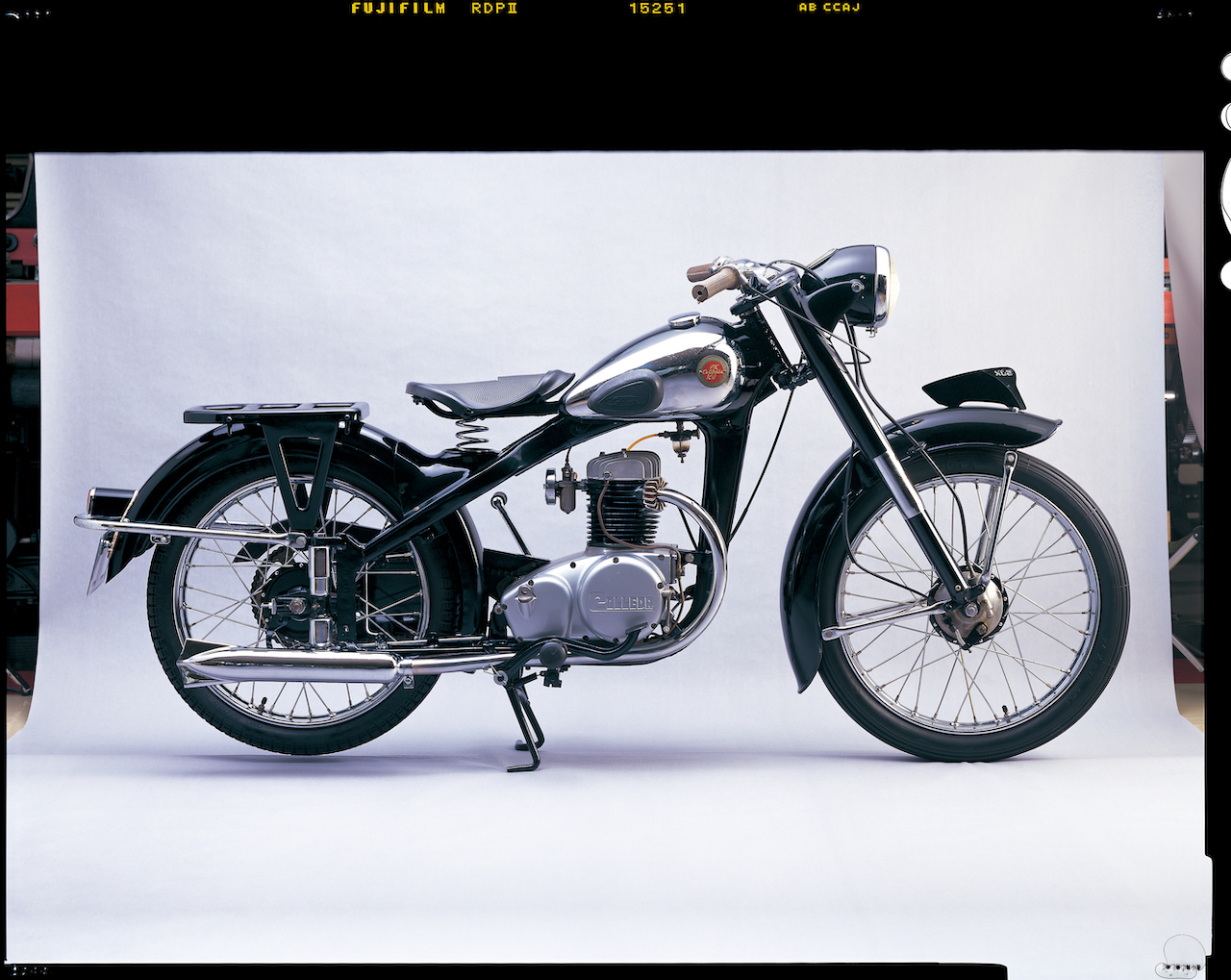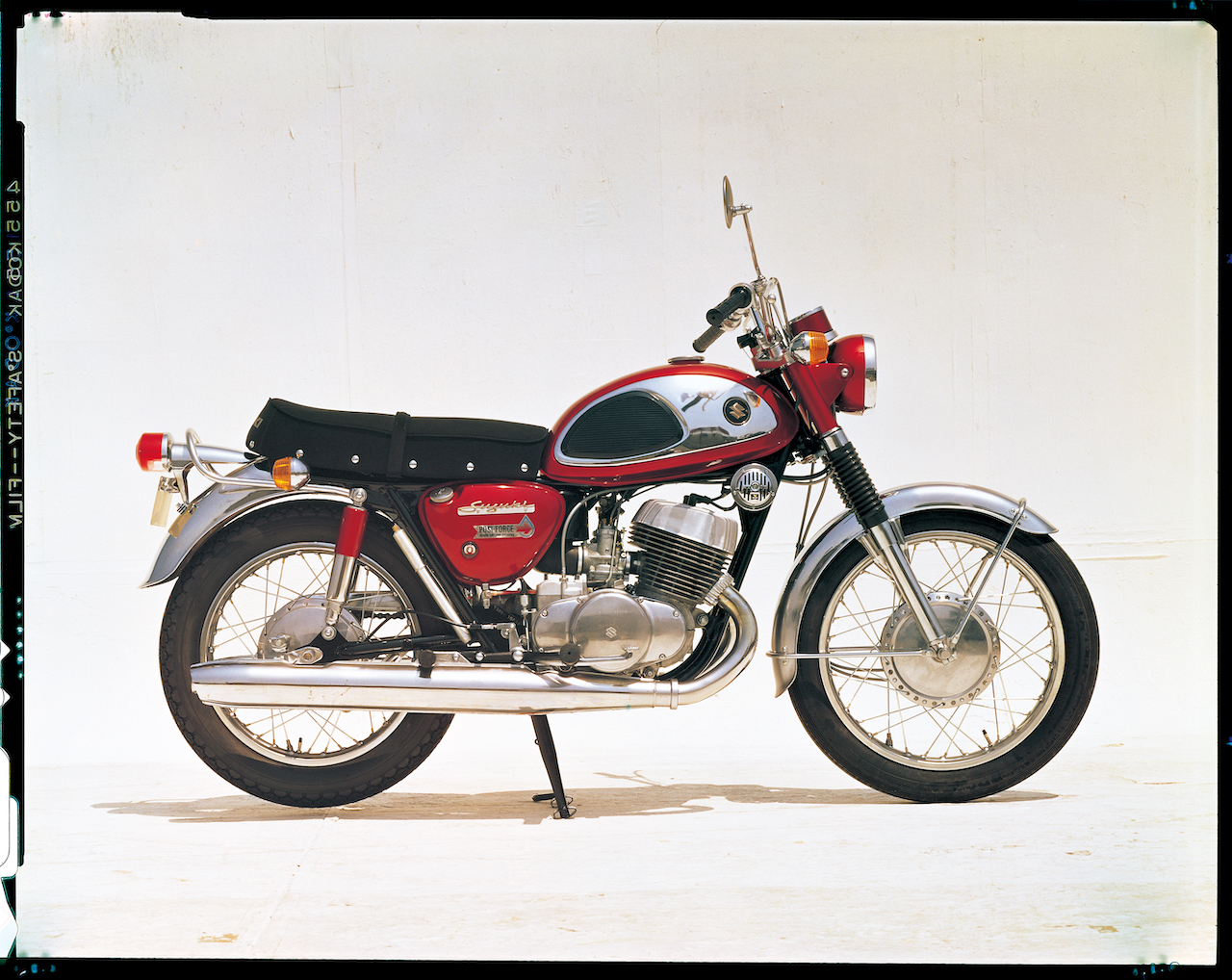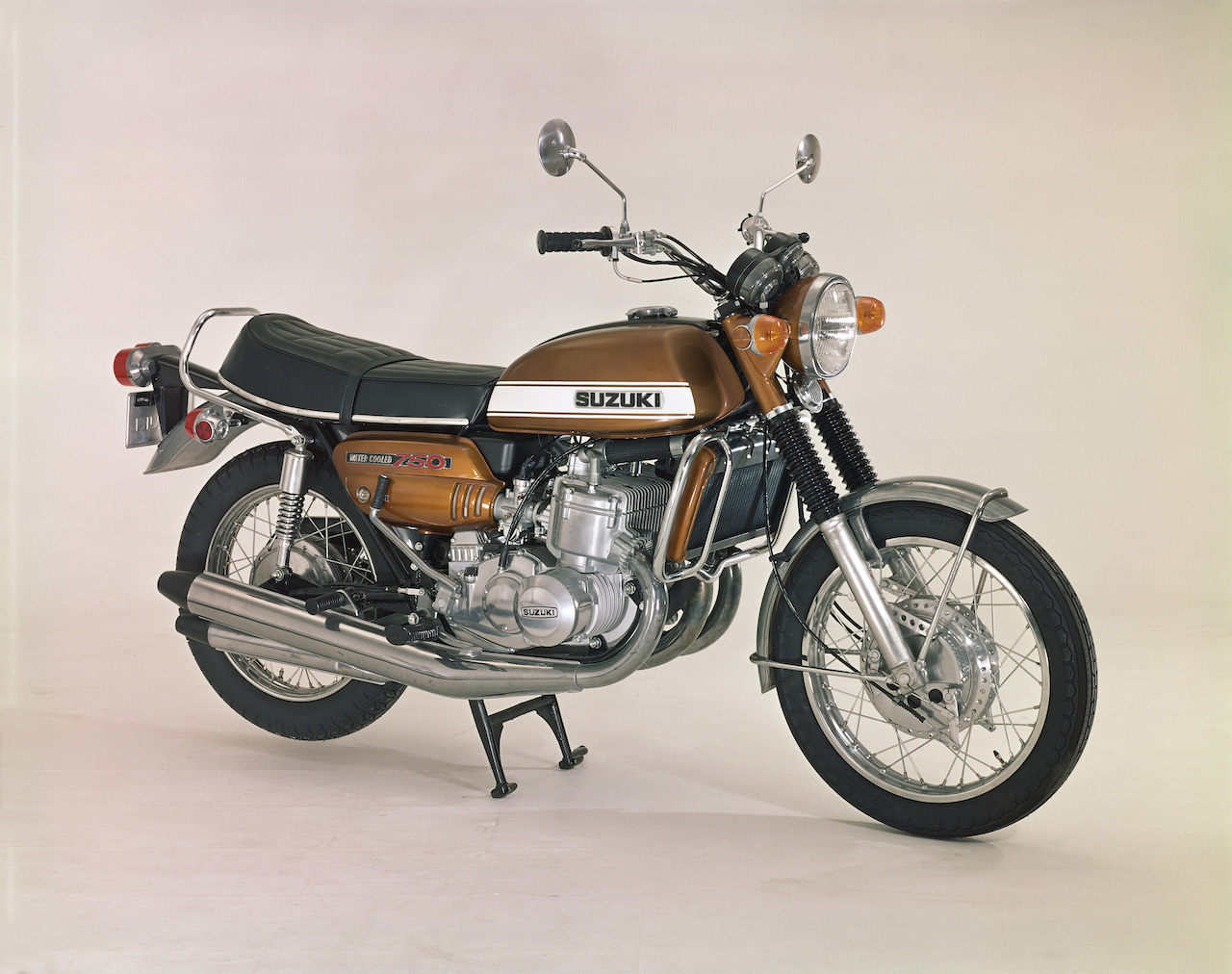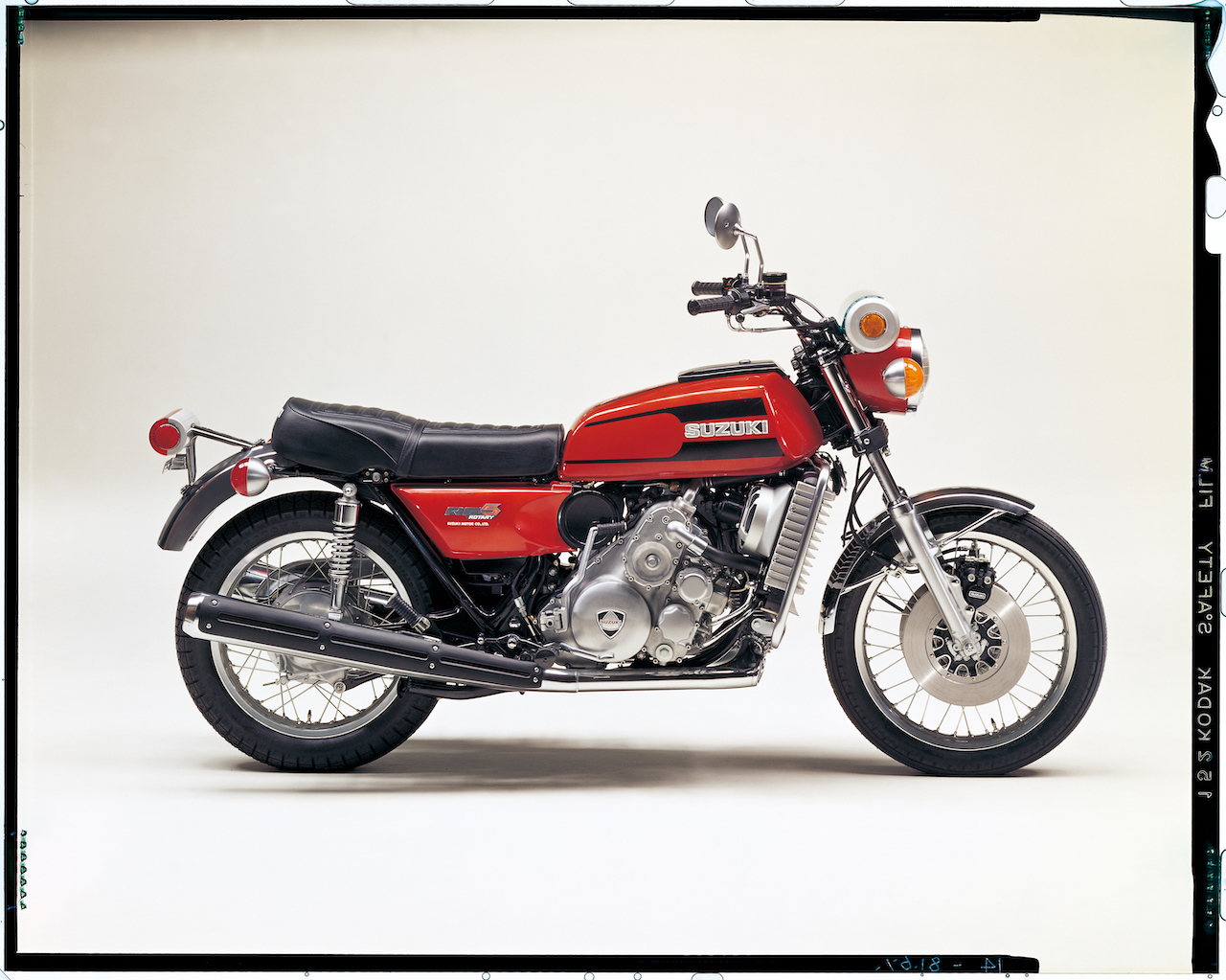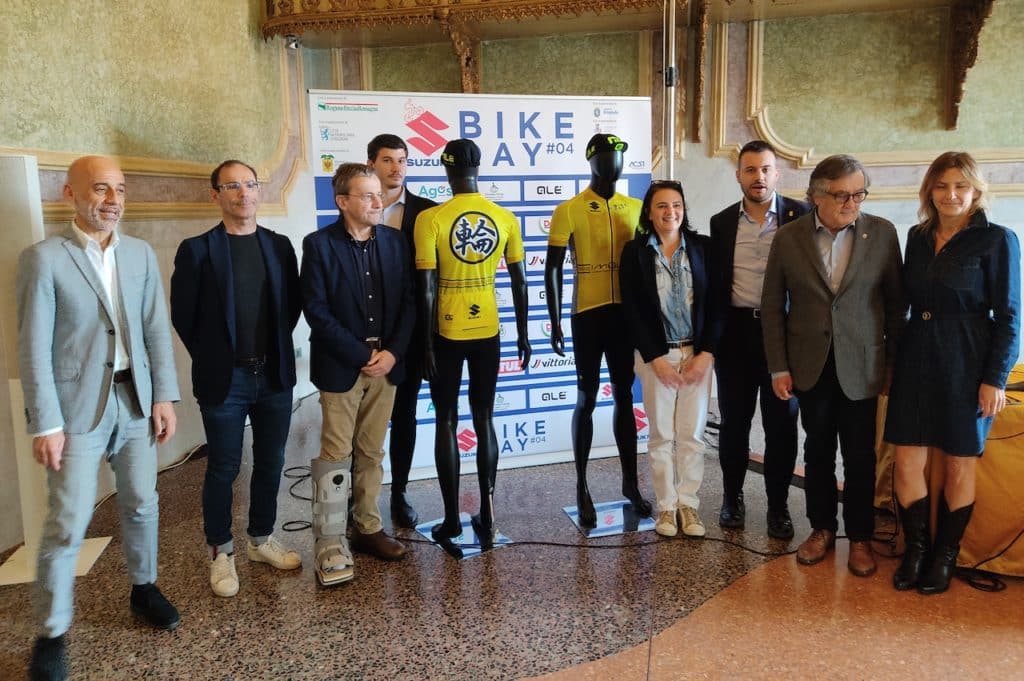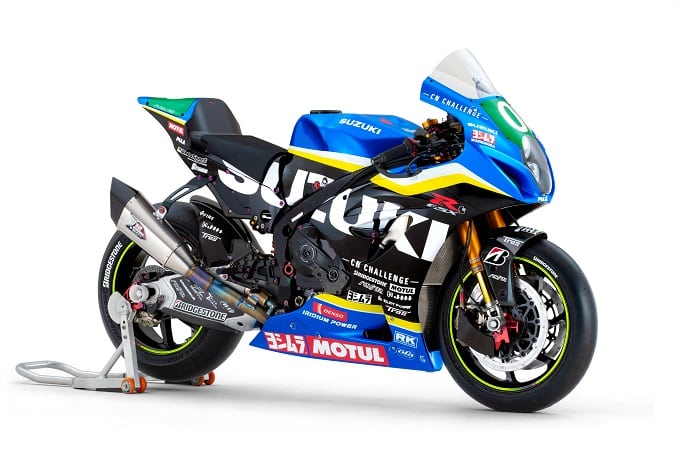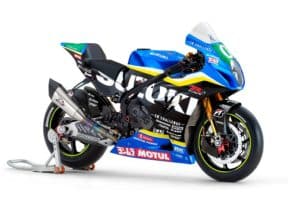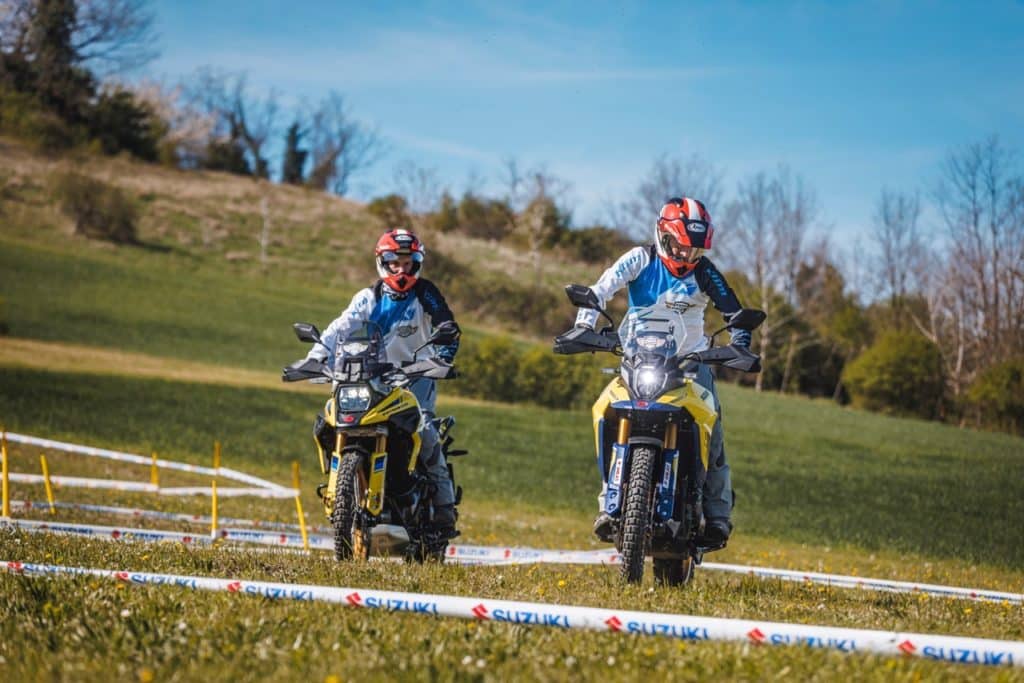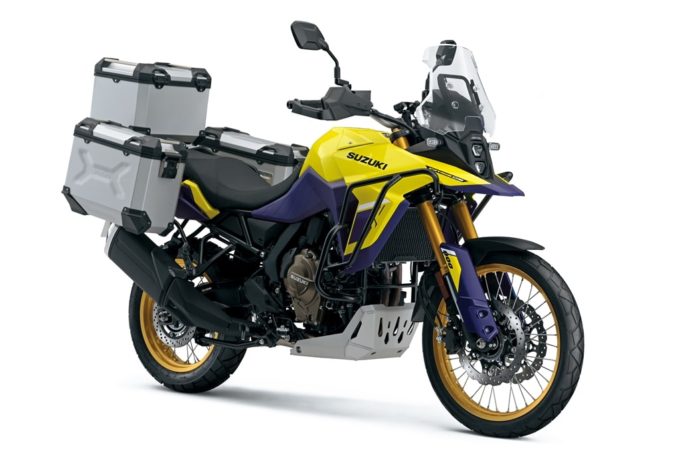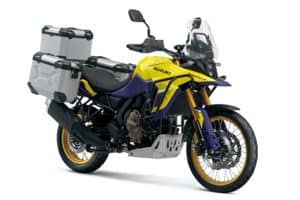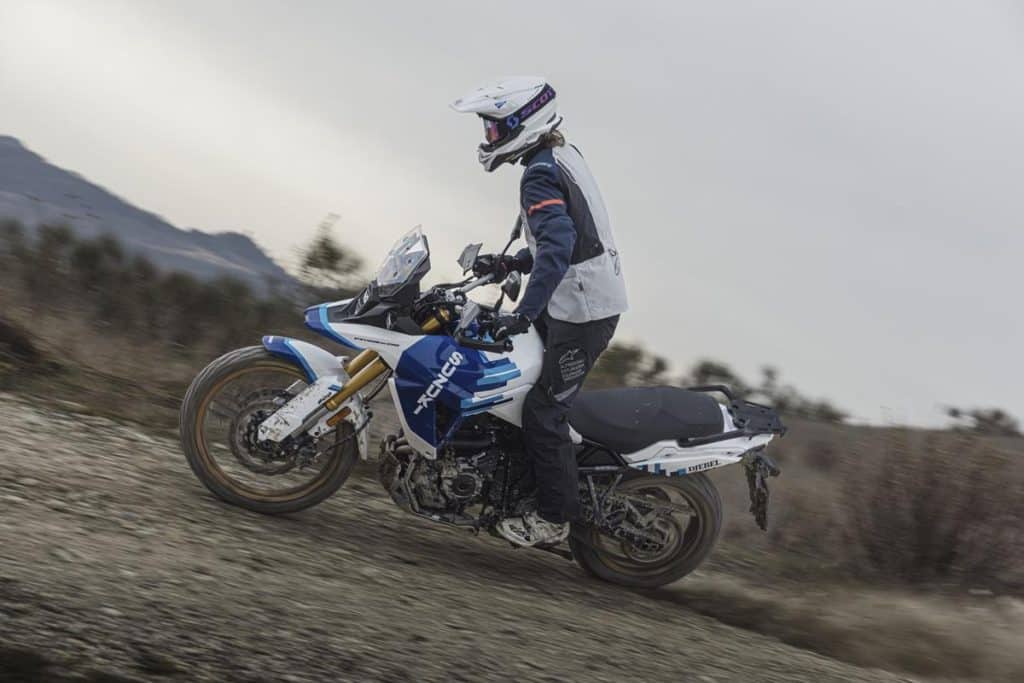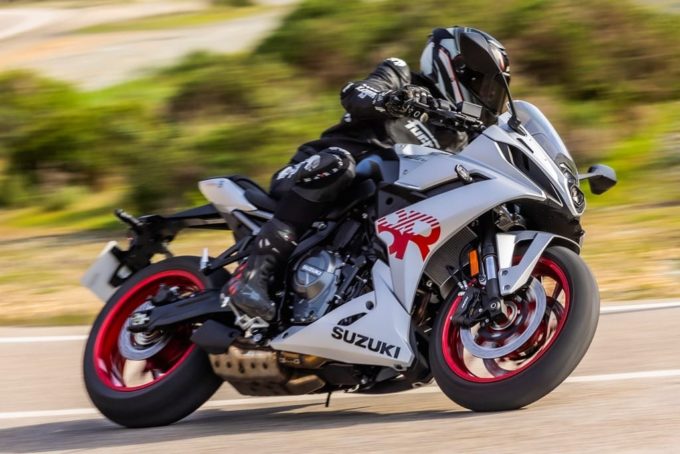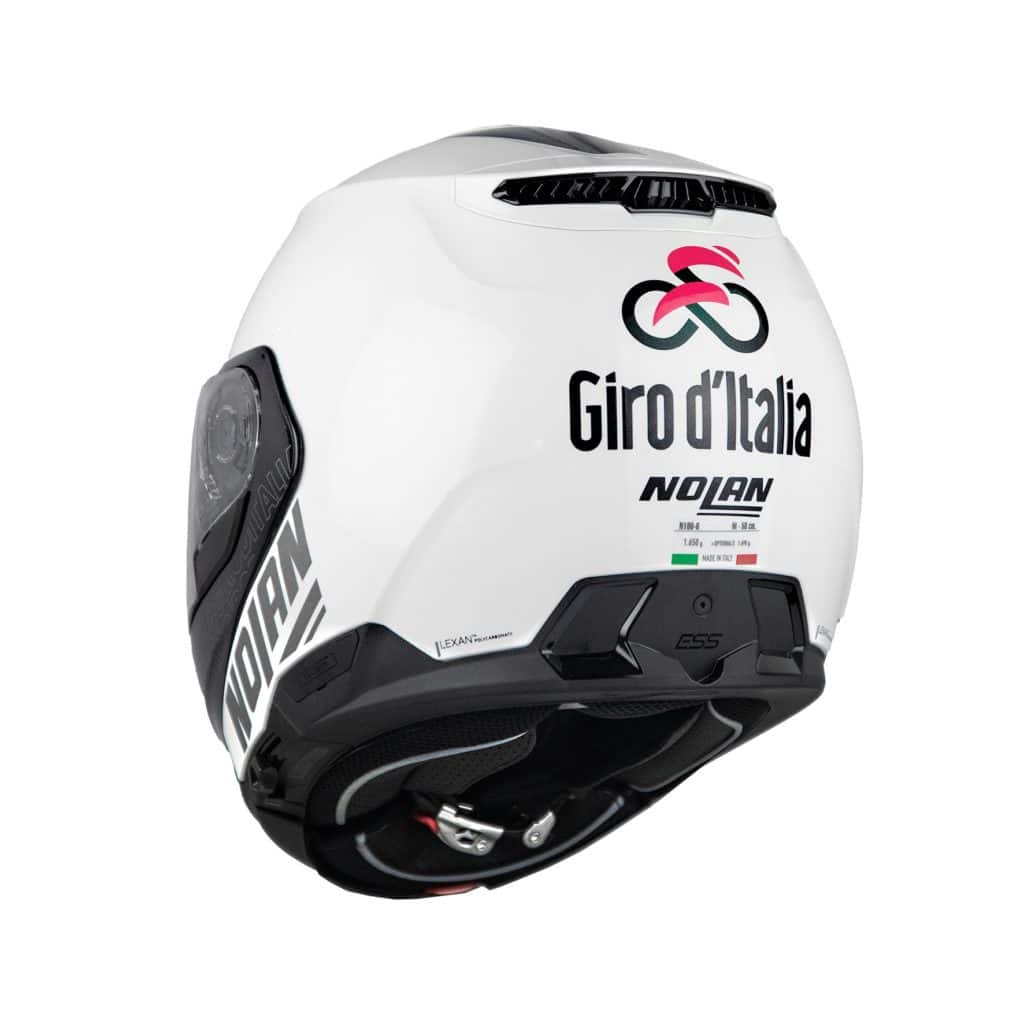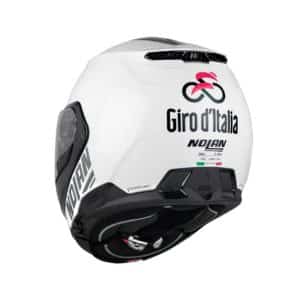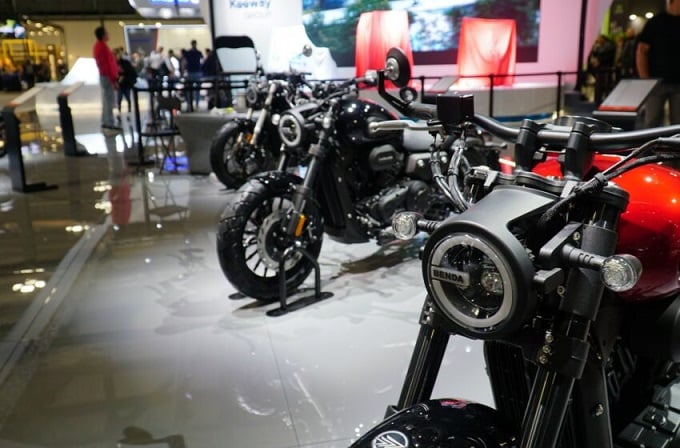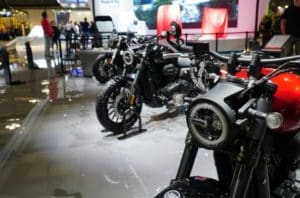Suzuki: 70 years of a history lived on two wheels
A journey that started in 1952
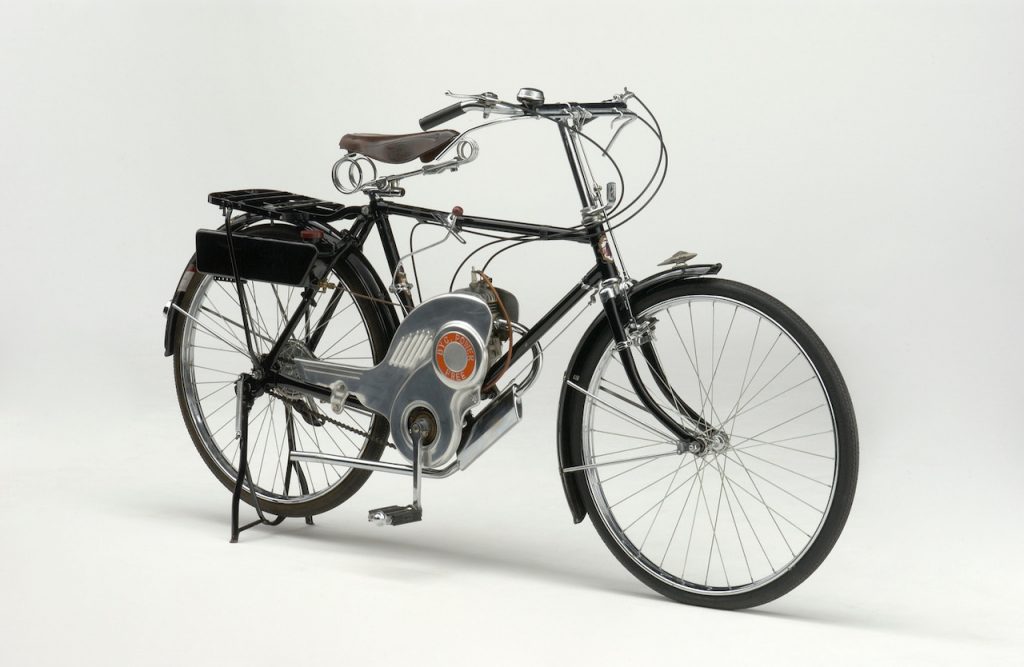
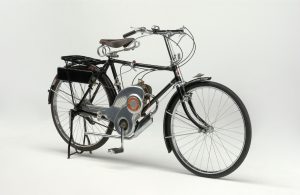
These days we remember the 70 anniversary from the entrance of Suzuki in motorcycle panorama. We return to June 1952 with the debut of the motorized bicycle on the market Power Free, the first motor vehicle proposed by Suzuki.
With the introduction of Power Free, another chapter of an interesting story began, in which Suzuki has become a protagonist in mobility and in the industrial panorama on a global level.
An innovative push
At the beginning of the twentieth century the name Suzuki it was linked to textile processing, but in the post-war period with the need for mobility on the part of the Japanese population, also considering the Hamamatsu area alone, over 30 different manufacturers of motorized bicycles arose.
Suzuki's entry into that market is linked to the director at the time, Shinzo Suzuki, tired of returning home by pedaling and usually against the wind after dedicating himself to fishing, his pastime.
In the second half of 1951, Shinzo thought of introducing a system capable of decoupling the engine from the pedals and allowing the use of the bike in the classic way with the engine off and also exploiting the same chain to give the wheel the thrust of a combined engine.
Yoshichika Maruyama, who was also active on the prototype of a car before the war, was responsible for the task. Given the industrial experience gained on the development of textile looms, the transition from the drawing board to the workshop occurred rapidly and already in January 1952 the tests of the first prototype called Atom, equipped with a 30 cc with a power of 0,2 horses. Too limited a push.
On March 3, a second prototype with a drive was introduced 36 cc and a maximum power of 1 horse at 4.000 rpm. Shinzo and founder Michio Suzuki were also involved in the tests and, in light of the indications, action was taken to define a series model, thus reaching April 12th.
Moving on to production, Suzuki chose the support of several external suppliers, taking care of the engine and surrounding components internally.
La Power Free right from the start it was equipped with a double crown mechanism which allowed for a typical muscle bicycle action or made it a motorized vehicle. The mechanics were patented, associated with an exclusive two-speed transmission system with multi-plate wet clutch. Aspects that allowed the vehicle to offer interesting performances in addition to ease of driving, as mentioned.
Among the interesting moments of that time, a group of 10 Power Frees led by Shinzo Suzuki and Yoshichica Maruyama took part in the Hamamatsu Festival parade on May XNUMXst, capturing the curiosity of the public present.
On June 5, Power Free was exhibited and put on sale by reservation, at a stand in front of the Chamber of Commerce and Industry in Hamamatsu. The operation was repeated about ten days later at the Shirokiya Department Store, in the Nihombashi district, in Tokyo.
Then, with the entry into force of an updated Highway Code, in August 1952 there was a push to design larger and more powerful engines.
The Power Free remained in production for some time, then it arrived Diamond Free 60 cc from 1953. Initially around 4.000 units were sold per month, later reaching 6.000 units thanks to the triumph in the first uphill race held on Mount Fuji that same year.
The innovative drive of the brand in the motorcycle sector had already emerged from Power Free, an energy also expressed in the sporting field since 1960, when Suzuki made its debut in the world of two-wheel racing.
Photo: Suzuki
if you want to always be updated on our news
Follow us here

